Carpal tunnel syndrome (CTS) is a common condition that affects millions of people, particularly women, especially those in their 30s and 40s. If you’ve been experiencing numbness, tingling, and/or weakness in your hands or wrists, you could be suffering from CTS.
But don’t worry – there are steps you can take to manage CTS. Let’s look at what causes it and what you can do to reduce symptoms.
What causes carpal tunnel syndrome?
Carpal tunnel syndrome is caused by the compression of the median nerve as it passes through the carpal tunnel at the base of your hand.
It can be caused by an injury or repetitive motions such as typing on a computer keyboard for long periods of time. Other factors that can contribute to CTS include pregnancy, diabetes, arthritis, and thyroid disease.
If CTS is severe it can lead to disability, so it is important to take it seriously at the first sign of symptoms.
How can you manage carpal tunnel syndrome?
The causes of CTS can vary, but some activities such as typing on a computer keyboard, driving and sewing can all increase your risk factor for developing this condition.
If typing is causing your pain, take regular breaks throughout the day — five minutes every hour should do it — and make sure your wrists are properly supported while you type.
You may want to consider investing in an ergonomic keyboard or mouse pad designed specifically for people with carpal tunnel syndrome.
Additionally, try exercises designed specifically for strengthening your wrists and hands that will help ease the pressure on your median nerve.
Finally, if necessary, talk with your doctor about wearing a wrist brace at night or taking prescribed medications like ibuprofen or corticosteroids to help reduce inflammation and swelling around the carpal tunnel area in order to relieve some of the symptoms associated with CTS.
If other methods fail to provide adequate relief, surgery may be an option – where a portion of the carpal ligament is cut open in order to relieve pressure off of the median nerve.
Your medical practitioner will refer you to a hand surgeon and / or hand therapy clinic to carry out the procedure.
Recovery time after surgery can range from several weeks up to one year depending on individual circumstances so it’s important to weigh all options before deciding what treatment plan works best for you!
Alternative treatments for carpal tunnel syndrome
Alternative treatments for carpal tunnel syndrome can be an effective way to reduce symptoms and improve quality of life. Massage therapy, yoga, acupuncture and heat/cold therapy are some non-invasive options that may help to reduce inflammation and discomfort associated with CTS. Massage therapists specialize in releasing tension from muscles around the wrist, elbow and shoulder which can help relieve pain.
Meanwhile, doing certain yoga poses helps increase blood flow throughout your body while also strengthening the wrists – reducing strain caused by activities that require repetitive motions. Acupuncture works by inserting needles into specific points on the body known as “meridians” which relieves pressure and promotes circulation allowing healing energy to flow freely throughout your system.
Lastly, using hot or cold packs are great ways to soothe any aches or pains you might be experiencing from CTS!
Conclusion: Keep your hands healthy to manage CTS
Carpal tunnel syndrome can be painful and uncomfortable but it doesn't have to be debilitating if managed properly.
If you think that you may have carpal tunnel syndrome then the best thing to do is make an appointment with your primary care physician who can run some tests and determine whether this diagnosis is accurate or not. From there they will recommend what treatment plan would work best for you; whether it’s physical therapy, medications, surgery etc.
It’s also important to note that CTS can take several months to improve even after starting treatment so don’t get discouraged if progress isn’t immediate!
With proper care from your healthcare provider however – chances are good that CTS will eventually become manageable over time.
By following these tips and taking care of your hands, you can keep them healthy and prevent Carpal Tunnel Syndrome. However, if you do experience pain or discomfort in your wrist or hand, it's wise to seek help from a doctor before the symptoms worsen.
With the right diagnosis and treatment plan in place, you can help protect against long-term effects of Carpal Tunnel Syndrome.












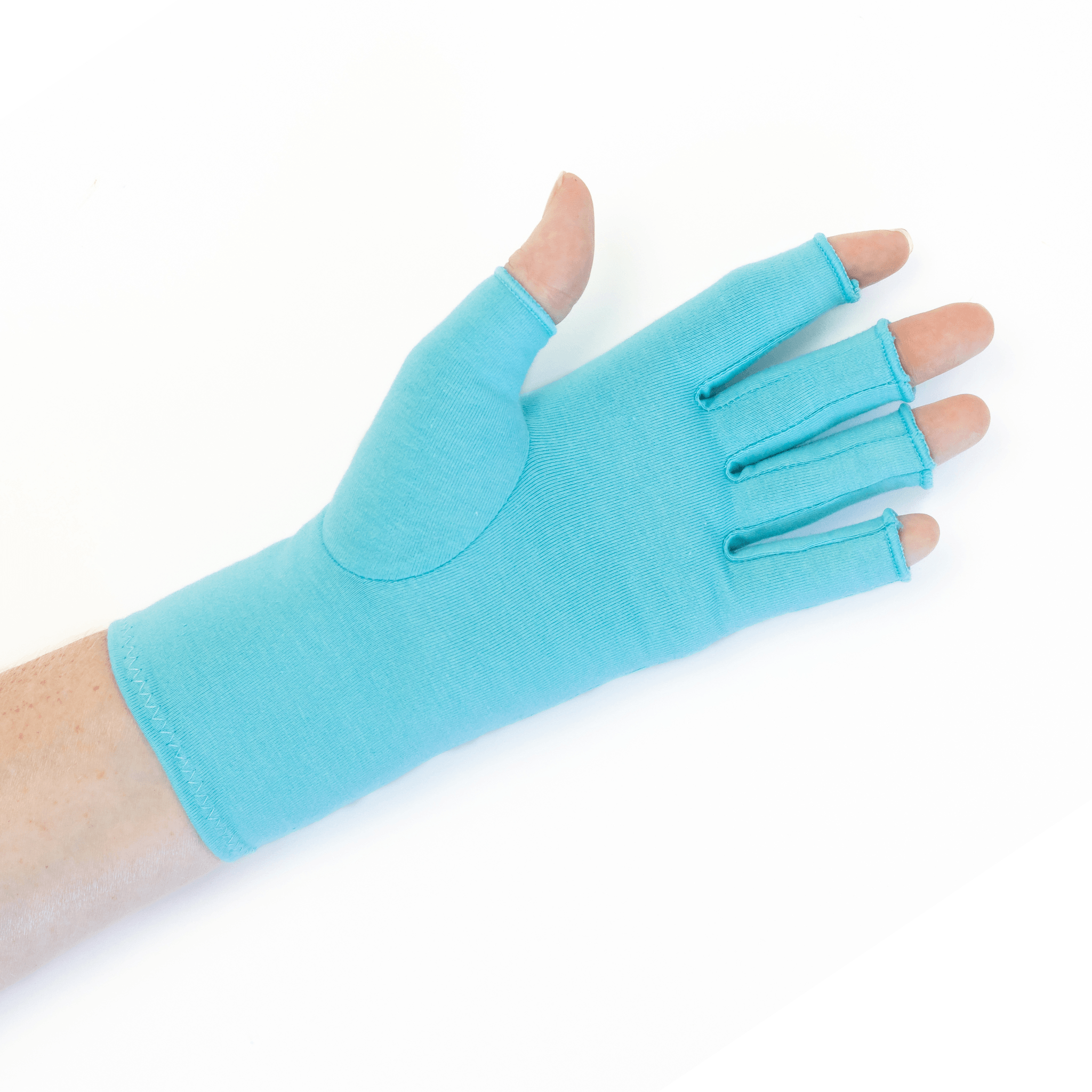
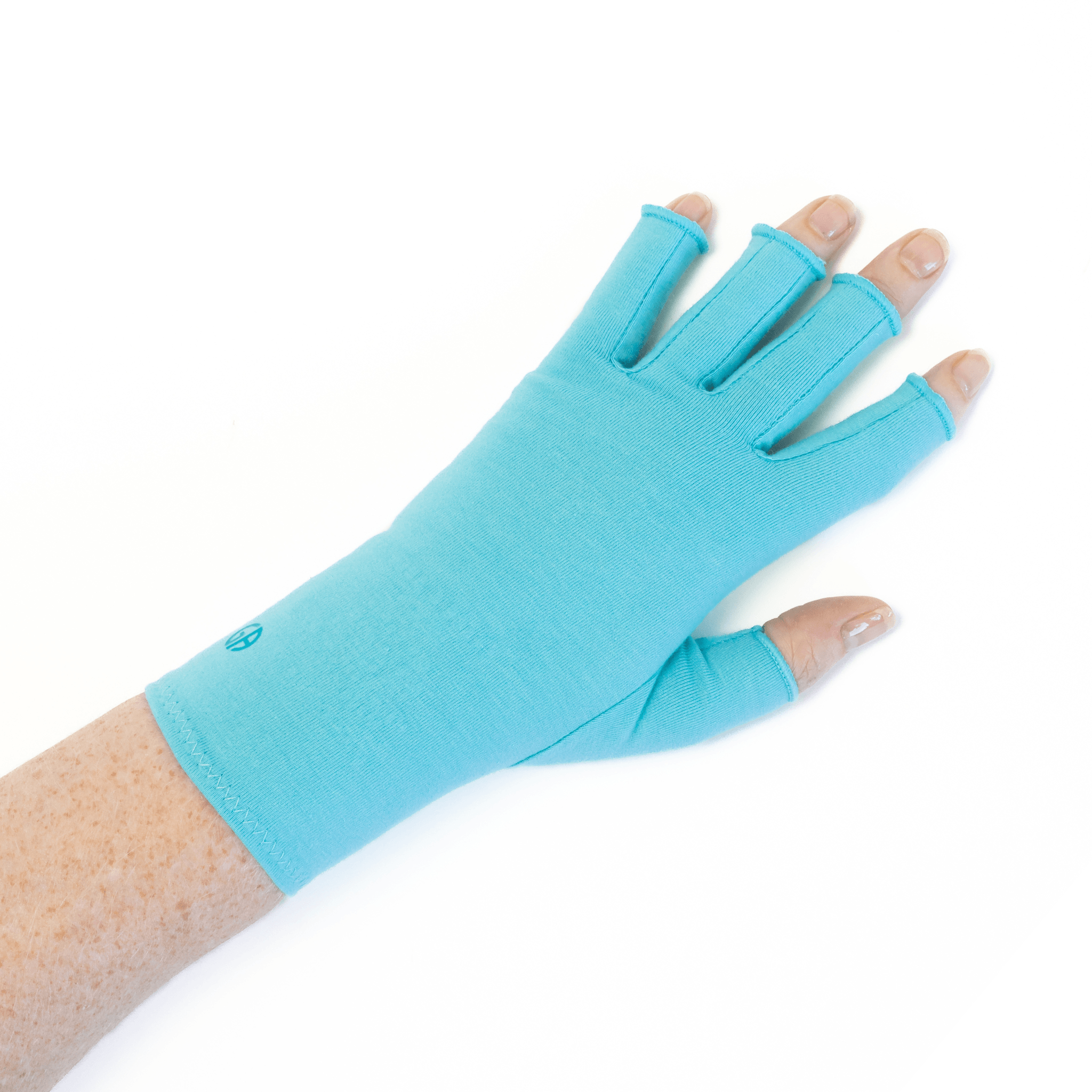






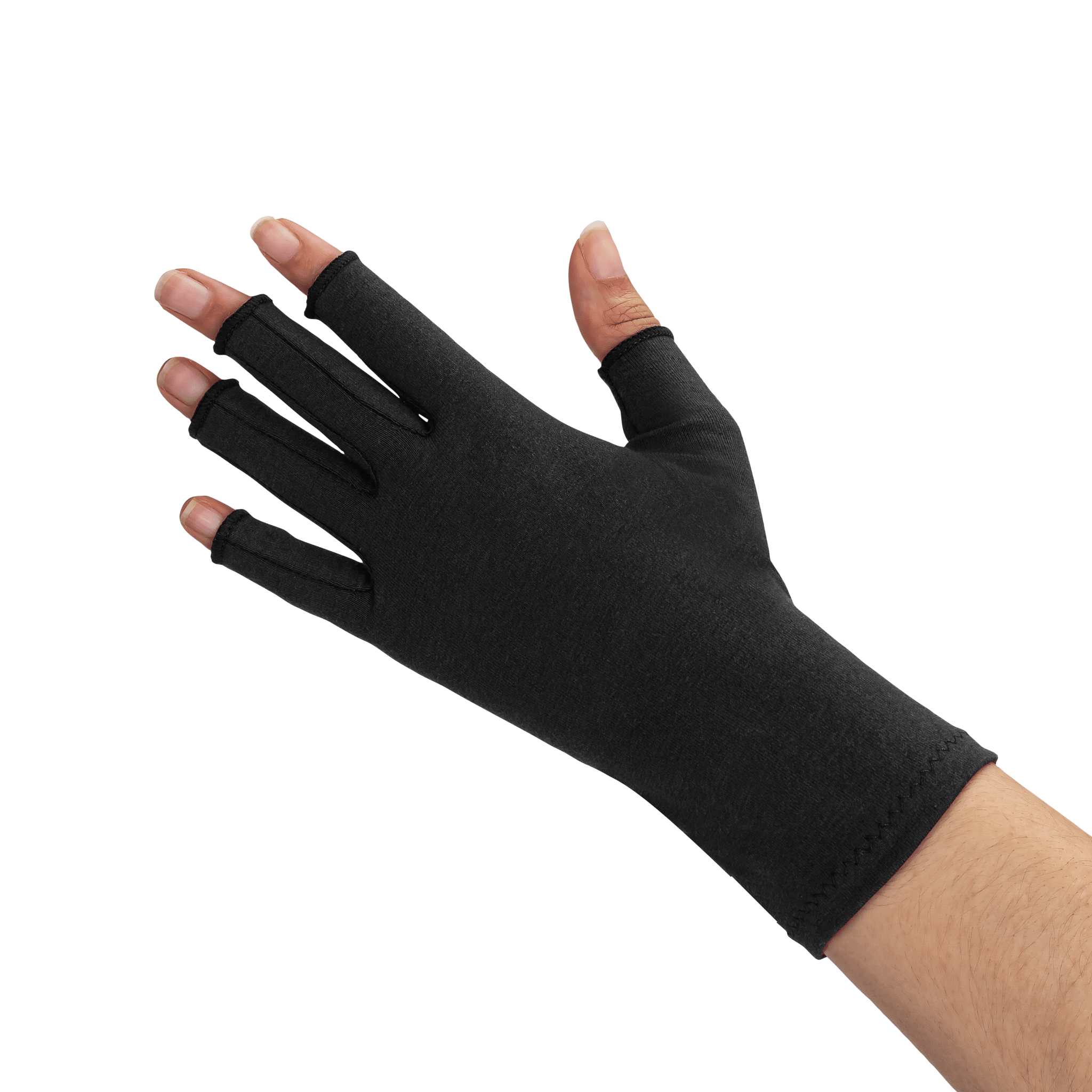












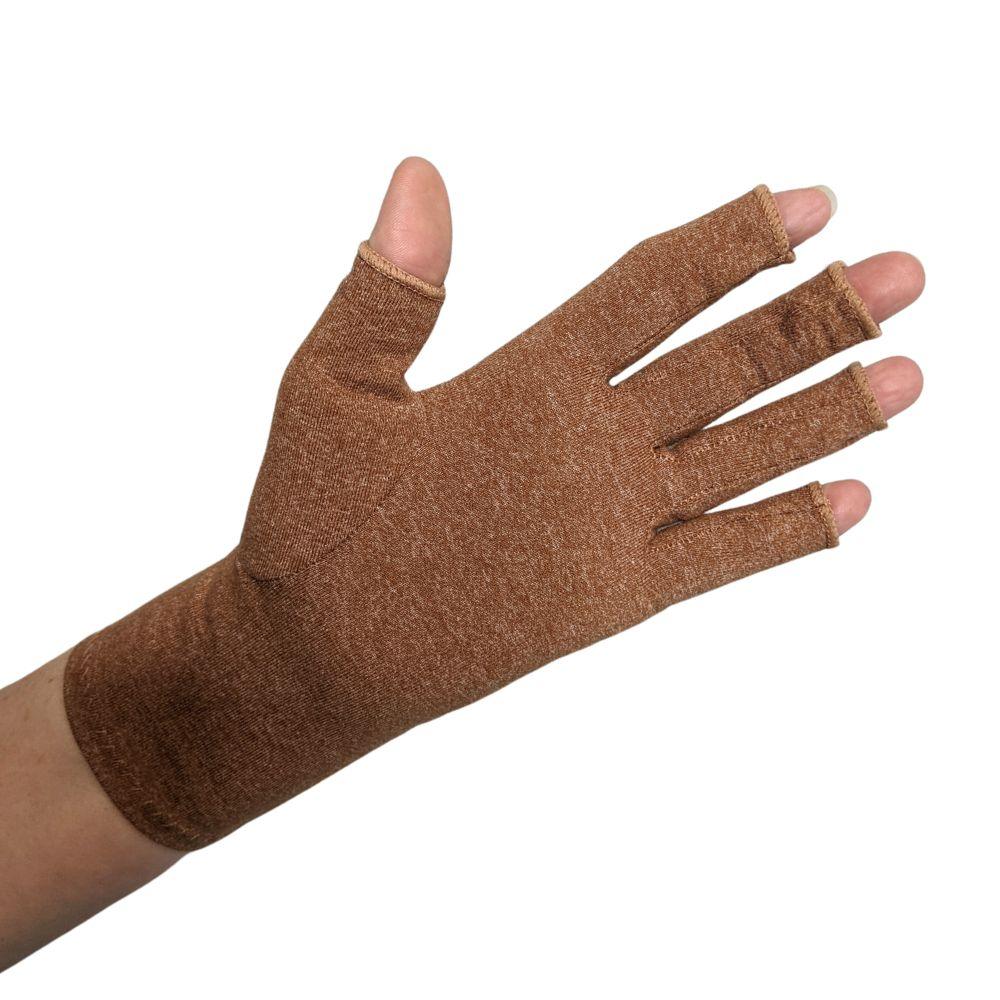
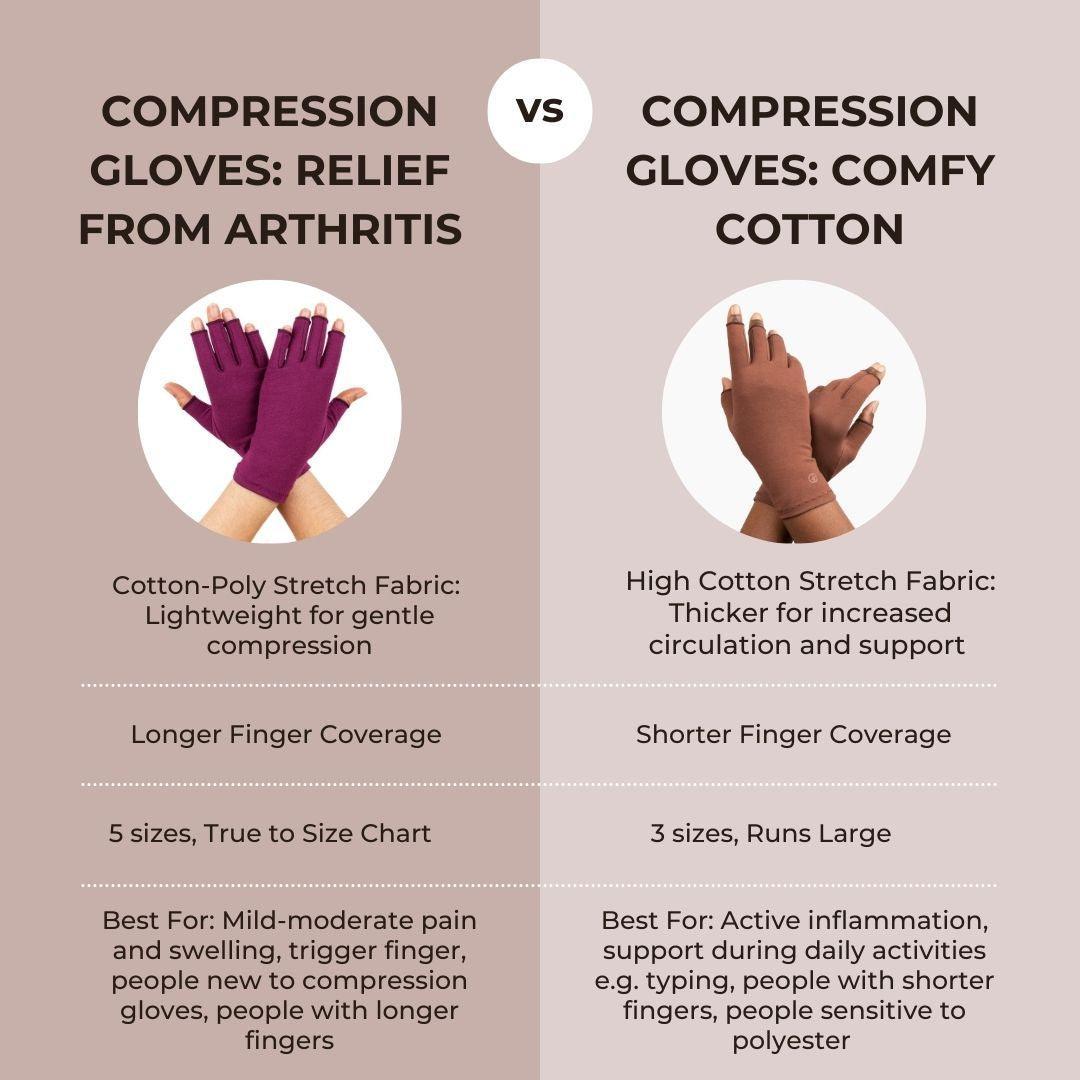






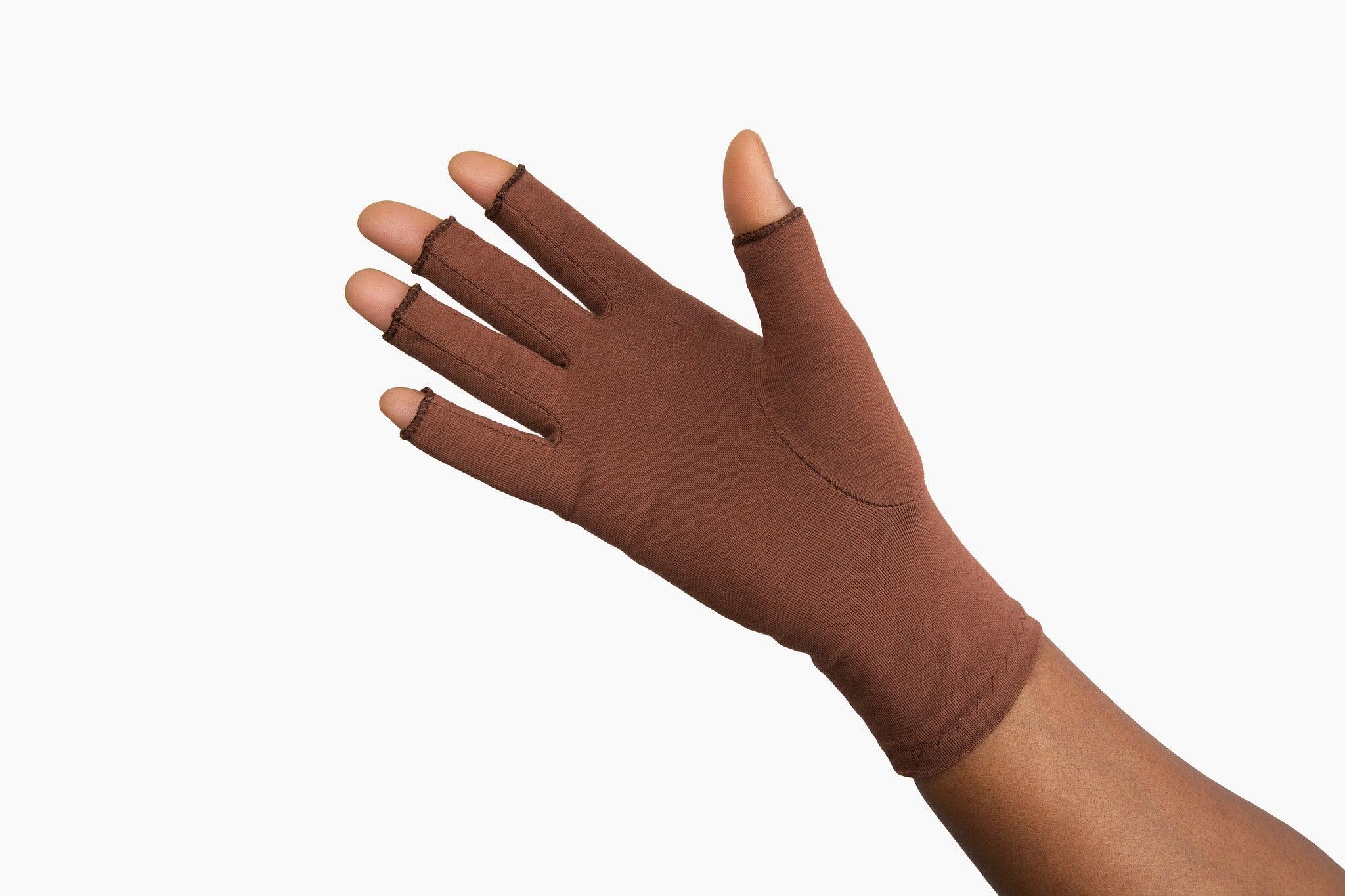
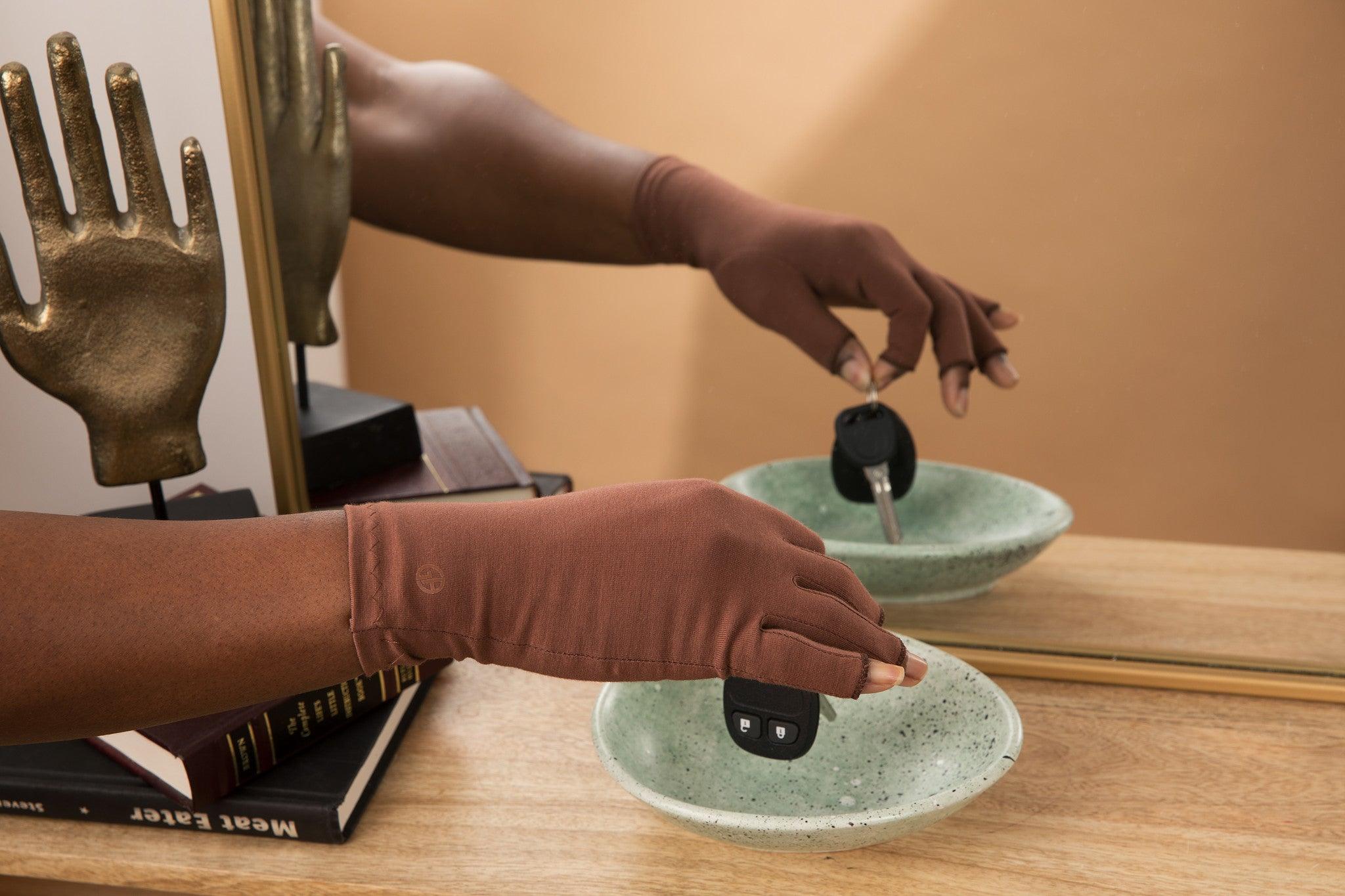
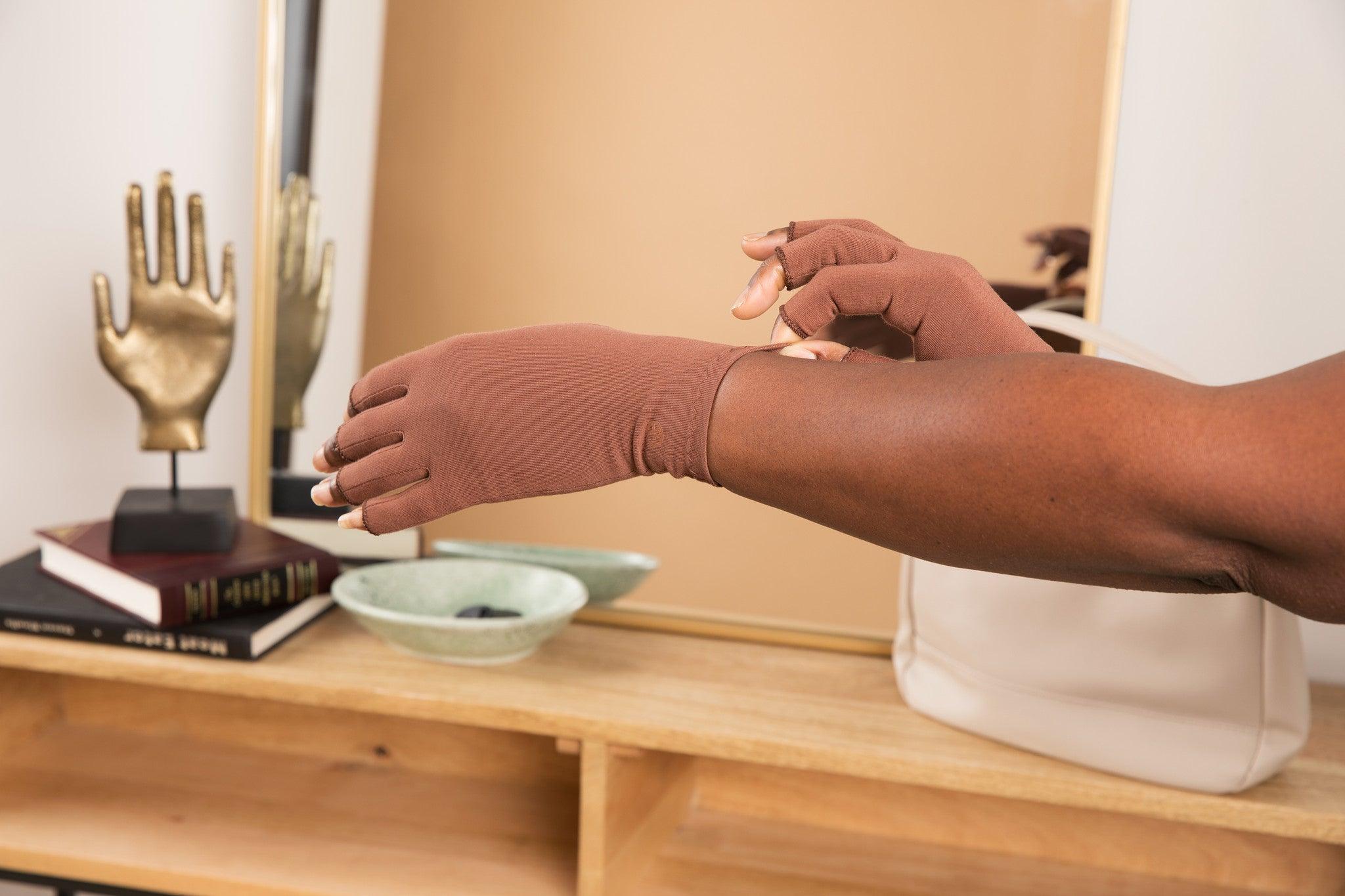





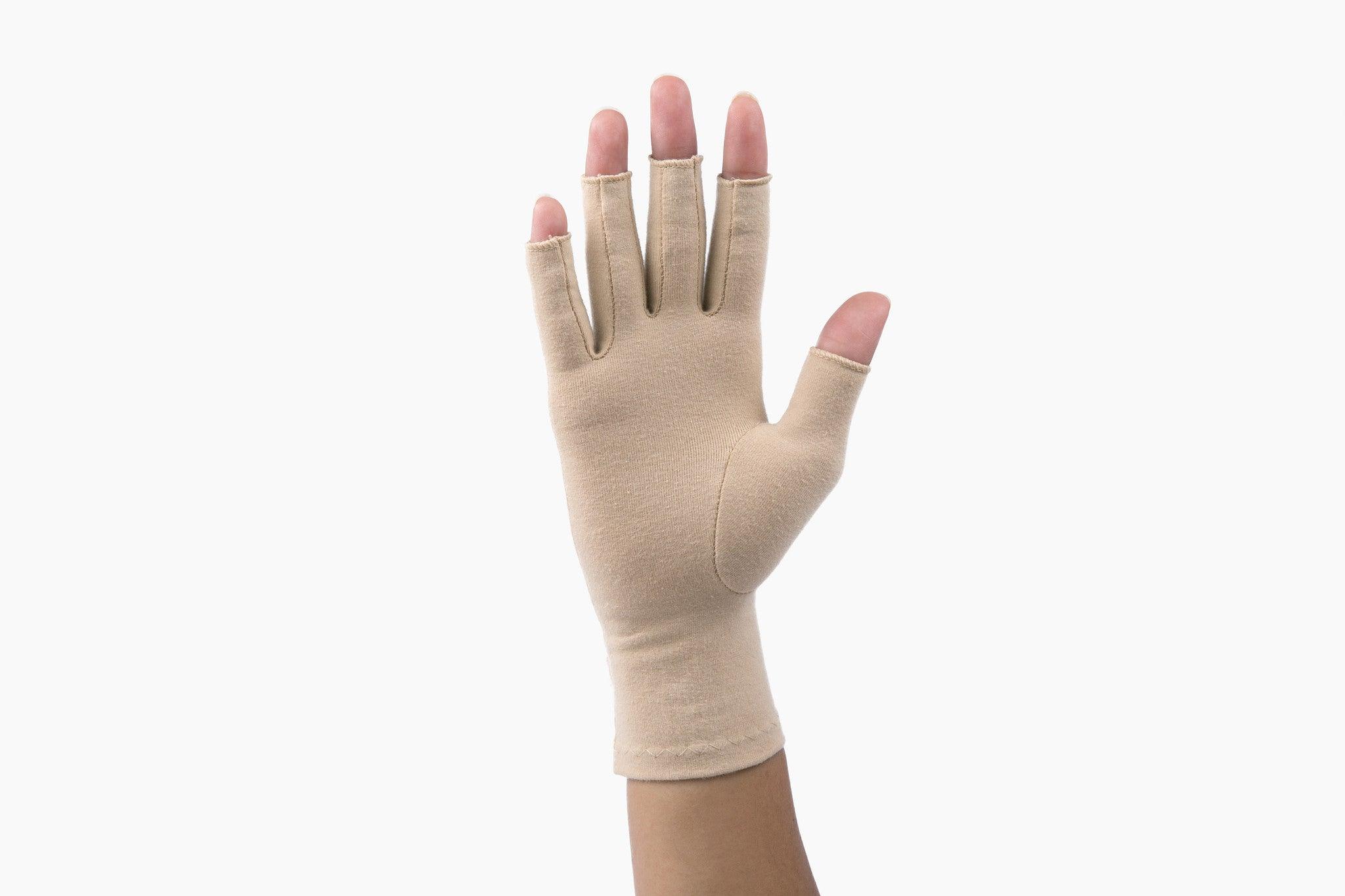
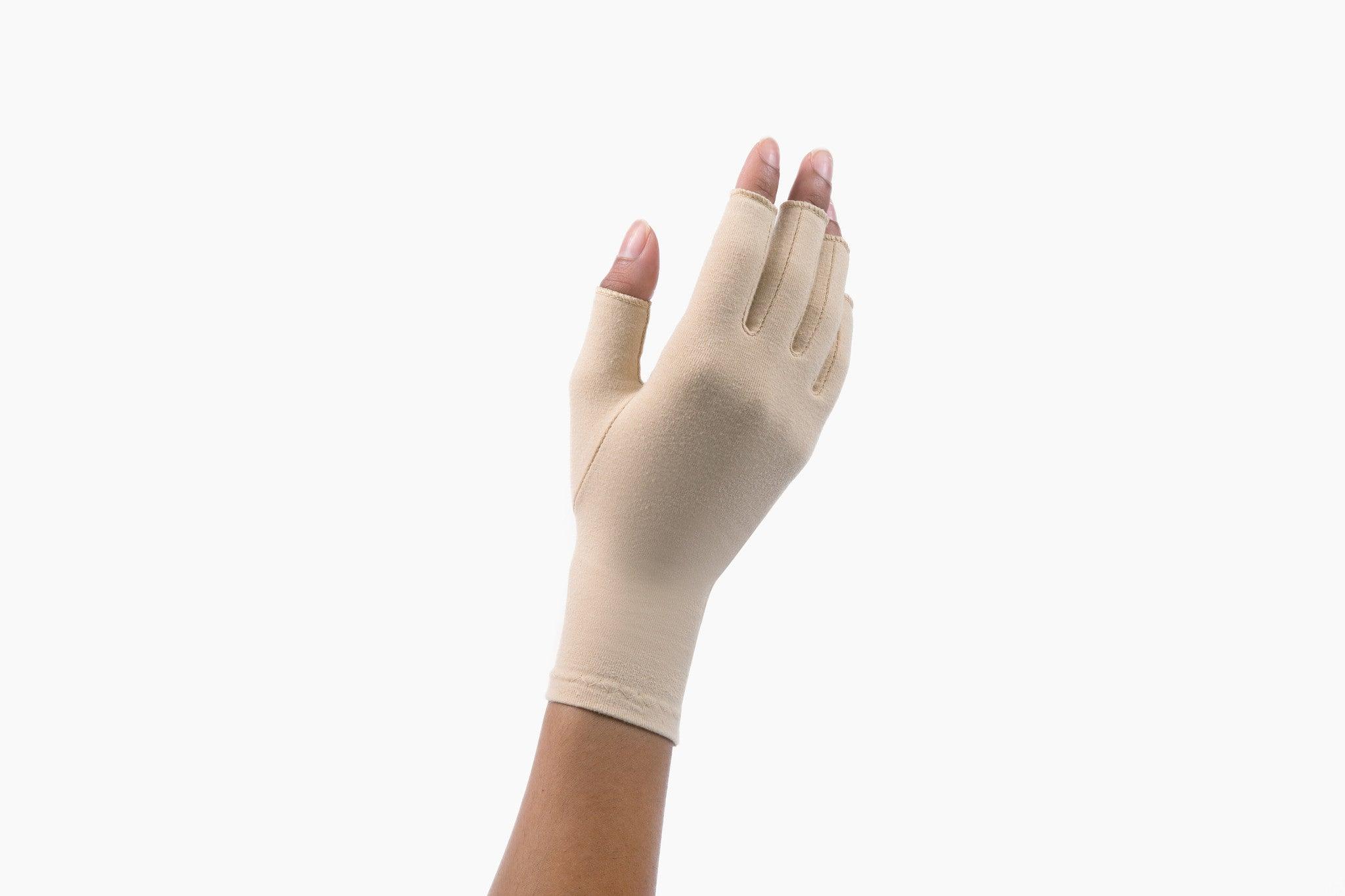









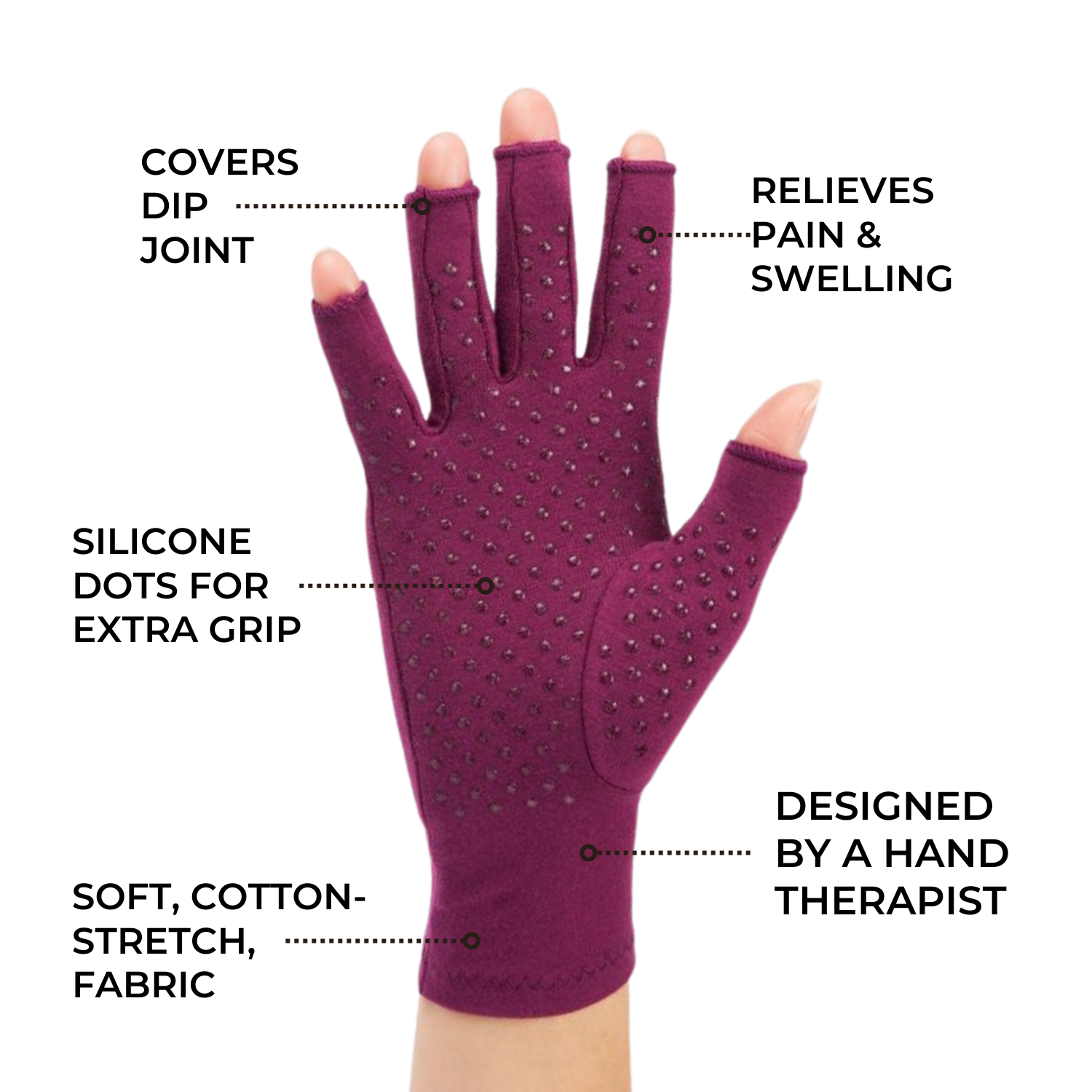
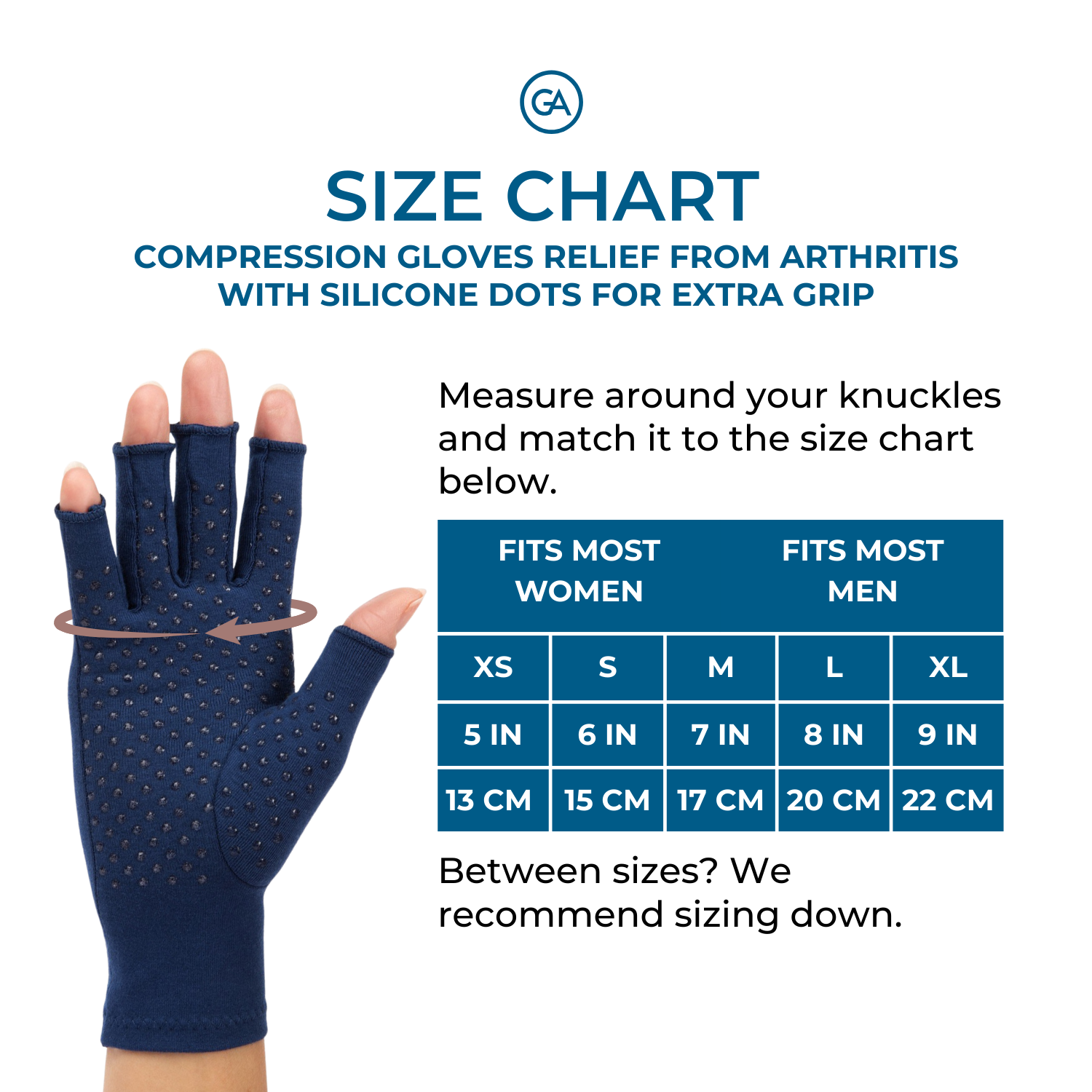
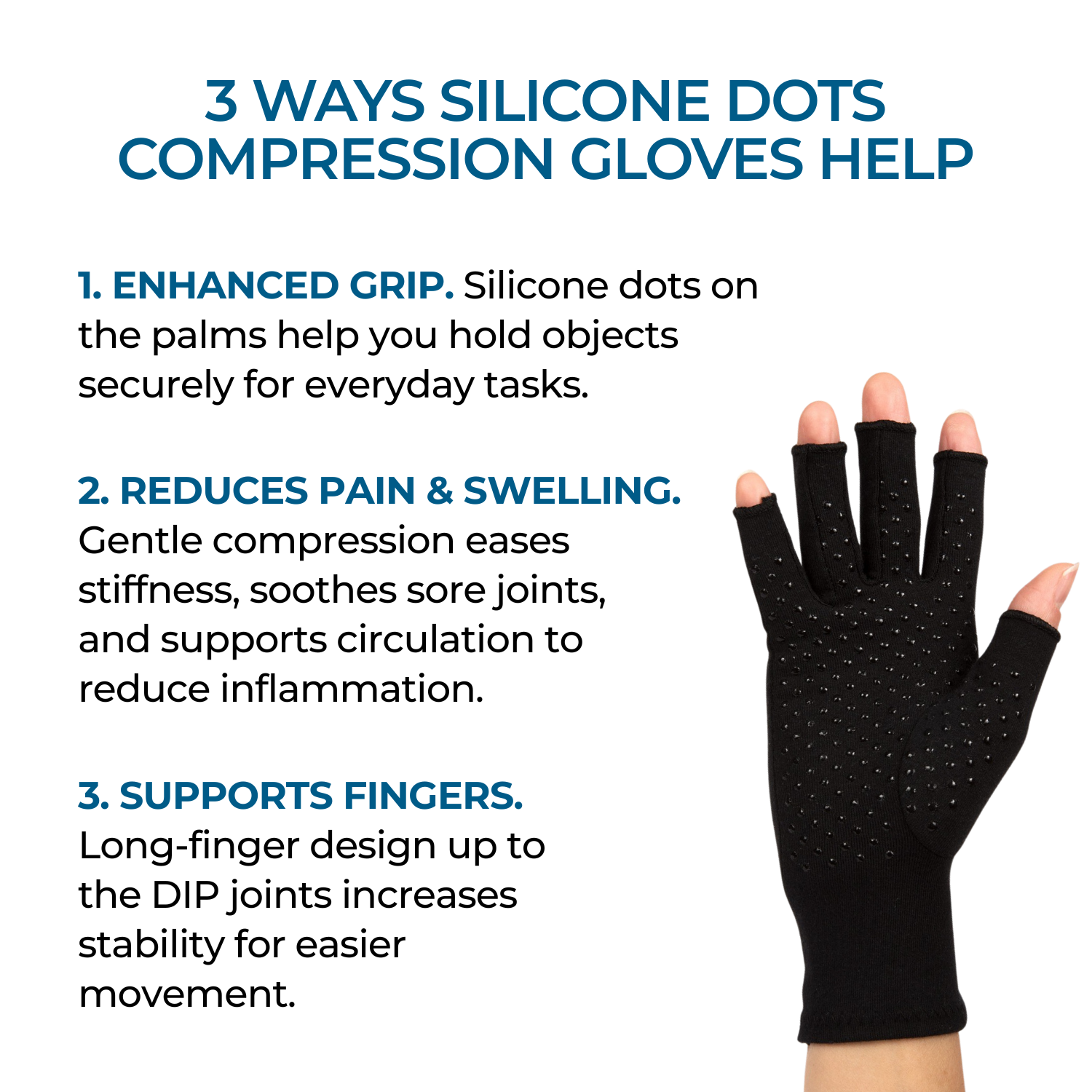




Share and get 15% off!
Simply share this product on one of the following social networks and you will unlock 15% off!